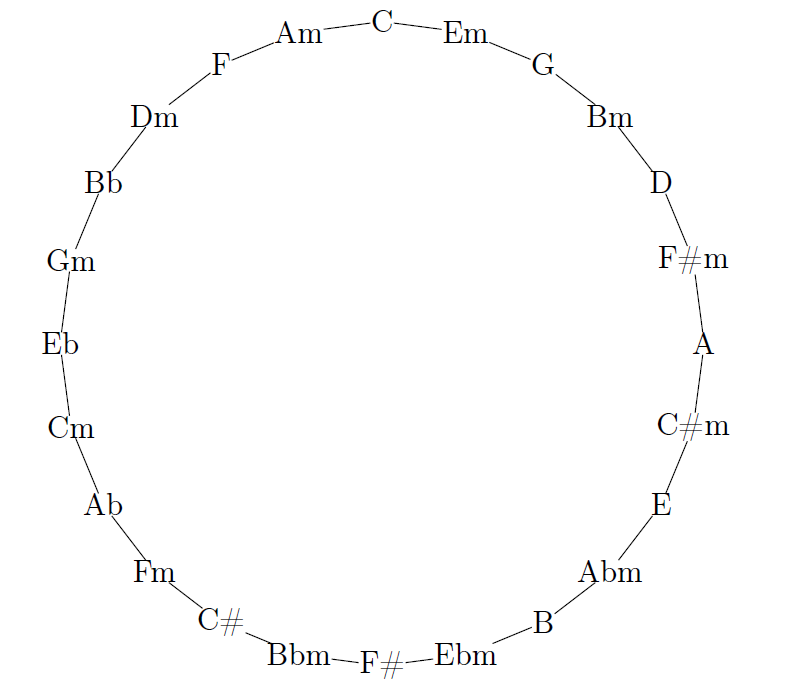Structural segmentation of music refers to the task of finding a symbolic representation of the organisation of a song, reducing the musical flow to a partition of non-overlapping segments. Under this definition, the musical structure may not be unique, and may even be ambiguous. One way to resolve that ambiguity is to see this task as a compression process, and to consider the musical structure as the optimization of a given compression criteria. In that viewpoint, C. Guichaoua developed a compression-driven model for retrieving the musical structure, based on the "System and Contrast" model, and on polytopes, which are extension of nhypercubes. We present this model, which we call "polytopic analysis of music", along with a new opensource dedicated toolbox called MusicOnPolytopes (in Python). This model is also extended to the use of the Tonnetz as a relation system. Structural segmentation experiments are conducted on the RWC Pop dataset. Results show improvements compared to the previous ones, presented by C. Guichaoua.
翻译:音乐结构分割是指寻找歌曲组织的象征性表示, 将音乐流减为非重叠部分的分割。 根据这个定义, 音乐结构可能不是独一无二的, 甚至可能是模糊的。 解决这一模糊性的方法之一是将这一任务视为压缩过程, 并将音乐结构视为给定压缩标准的优化。 从这个角度看, C. Guichaoua 开发了一个压缩驱动模型, 用于检索音乐结构, 以“ 系统与对比” 模型为基础, 以及作为 nhypercubes 延伸的多面体为基础。 我们展示了这个模型, 我们称之为“ 音乐的多面分析 ”, 以及一个新的开源专用工具箱, 名为 MuscusOnpolytopes ( in Python) 。 这个模型还扩展到将Tonnetz 用作关系系统。 在 RWC Pop数据集上进行了结构分割实验。 结果显示与C. Guichoua 提出的前一个工具相比有所改进 。






